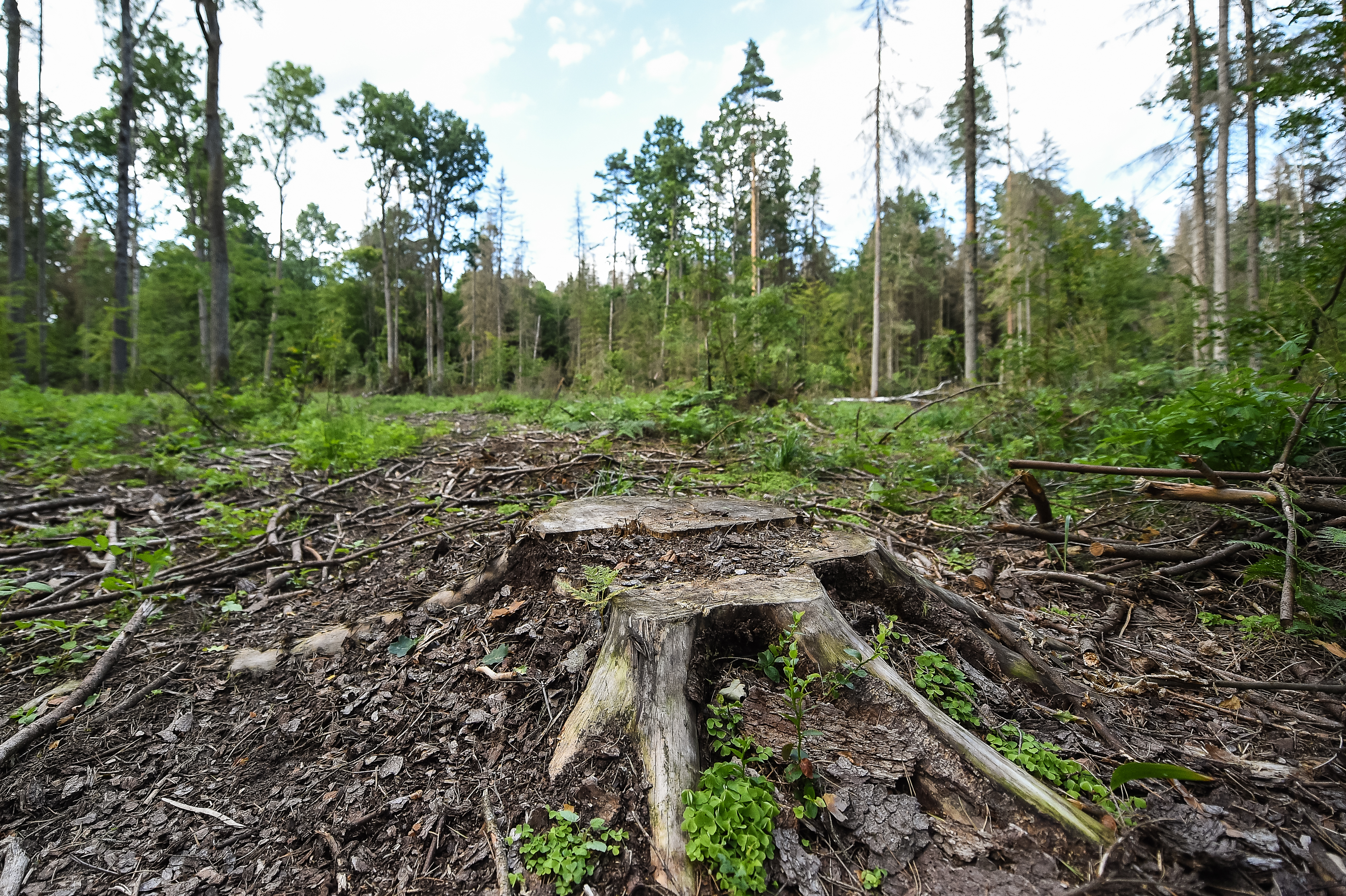Białowieza is Europe’s oldest and largest forest – part of it a protected wilderness, teeming with wildlife; part of it facing ongoing destruction. Leyla Aliyeva takes a trip to Belarus to see it for herself

Poland is home to the only surviving medieval forest in Europe named Bialowieza where trees over 400 years old live and are currently being cut. (Imagery courtesy of Getty Images)
I recently visited Belarus, and its beautiful Białowieza Forest, just north of the city of Brest, near the Polish border. This primeval forest was once so vast it stretched across much of Europe, but now the last of it – just over 3,000sq km in total – remains in Belarus and over the border into Poland. About half of that total area is a Unesco World Heritage Site (the Belarusian side is entirely protected, known as the Belovezhskaya Pushcha National Park), and is a pristine wilderness of majestic old trees (including Europe’s tallest), wetlands and moss- covered dead wood. It is a haven, too, for wildlife, such as lynx, otters and, particularly, the world’s largest population of European bison.
Surprisingly, the dead wood plays a big role in the forest’s biodiversity by hosting millions of tiny organisms and allowing fungi to thrive. And part of the problem in the forest’s unprotected regions, in Poland, is logging. Not only are trees felled, but any dead wood is also cleared away, destroying these fragile ecosystems. The logging also poses a huge threat to wildlife.
Forests are known as the lungs of the Earth, and it is so important that we do everything we can to preserve and protect them. It’s good to see Belarus paving the way.

A young bull of a herd of European bison graze. The primeval Forest is a haven for wildlife: lynx, otters and European bison. (Imagery courtesy of Getty Images)

Road through the forest in The Bialowieza National Park. The park is best known for the Bialowieza Forest, Europe’s last temperate primeval forest. (Imagery courtesy of Getty Images)

Cut down trees in forest area seen on August 09, 2017 near Bialowieza, Poland. (Imagery courtesy of Getty Images)
Imagery courtesy of Getty Images




